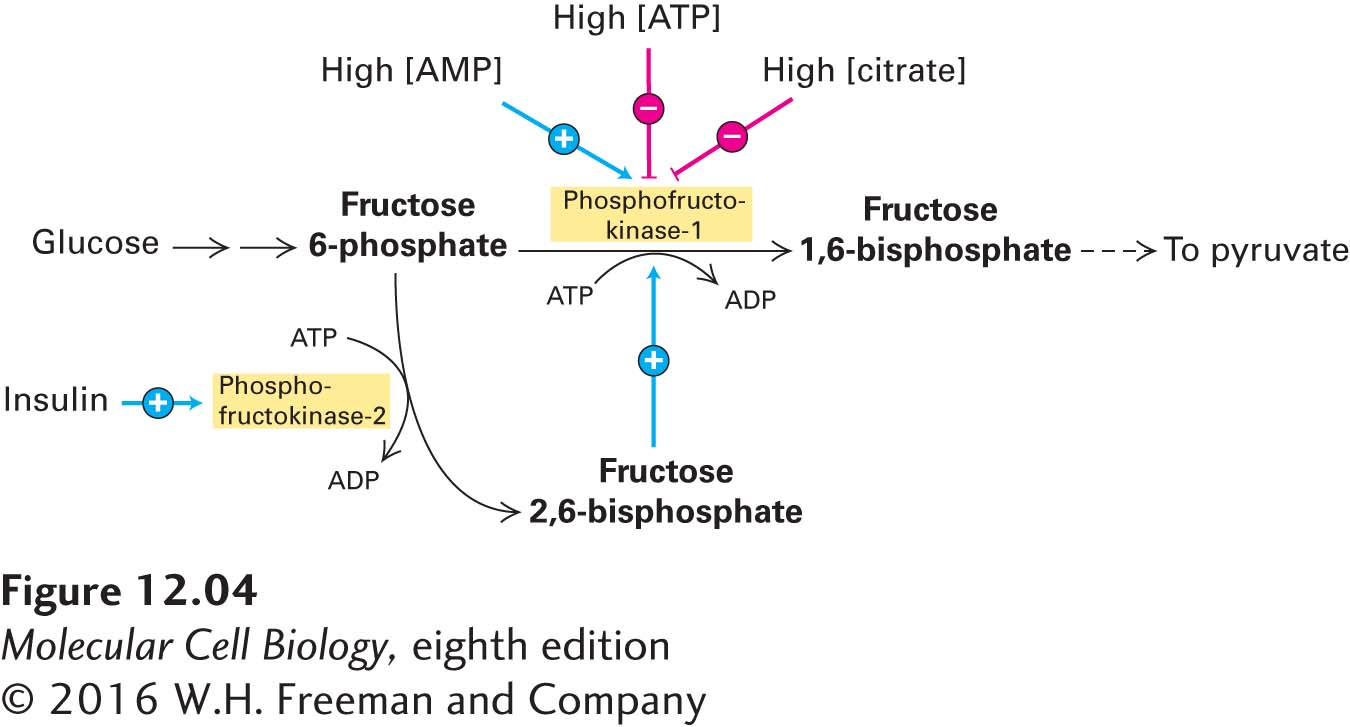
FIGURE 12- e- 6- e- 6- 6- e- e-